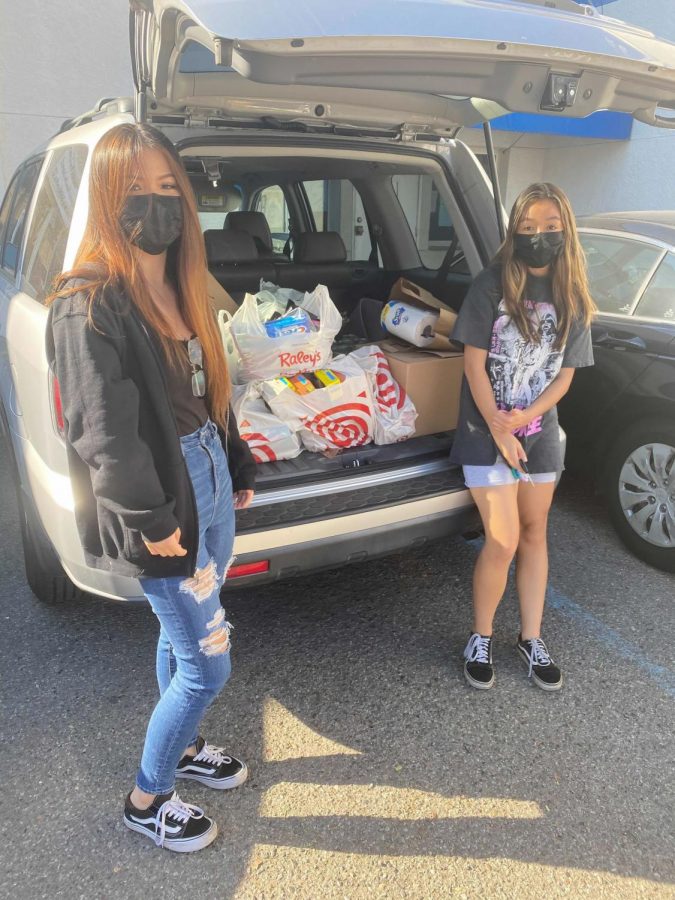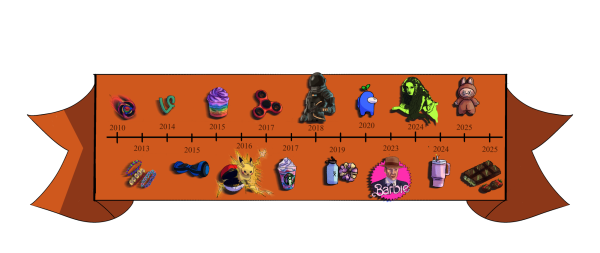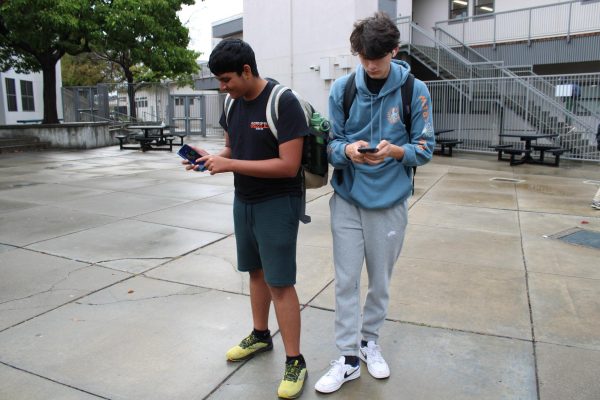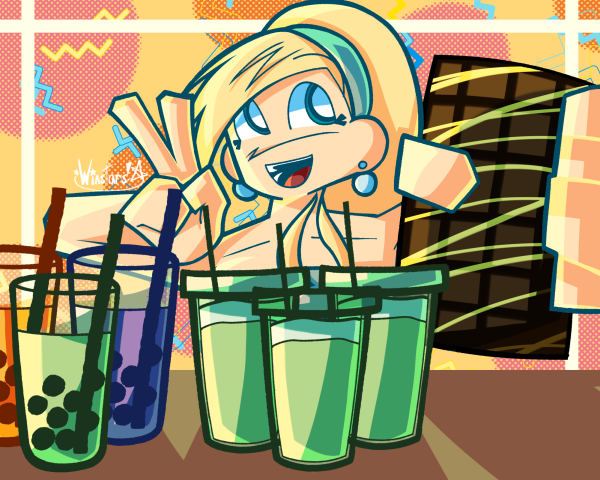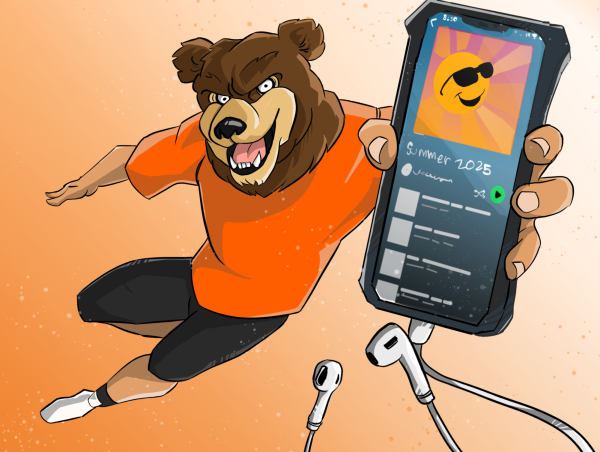Clubs figure out how to keep volunteering in quarantine
Seniors Audrey Zhang, left, and Kaitlyn Perry helped collect food and other supplies for an Interact service project that benefitted the Bay Area Rescue Mission.
Volunteering through school service clubs has always been a great way for students to contribute to a better community, especially in times of need like the coronavirus pandemic the world is in right now.
Many Cal High clubs have needed to change the normalities of how they go about volunteering while in quarantine, such as adapting to a new online setting and finding more volunteer opportunities that don’t require too much social interaction with others.
Under normal circumstances, school clubs have formed communities by socializing with one another physically. Under current circumstances, it’s not so easy building a community with the ability to disable cameras and microphones.
Interact has seen some difficulties in ensuring full participation and creating communal relationships through computer screens.
“We’ve definitely been a club that really prides in the fact that we get to meet new people and work with different community members and also club members on different causes and connect with people on what they’re passionate about and how we can help other people,” Interact president Celeste Paapanen said. “It’s definitely hard not being able to do that.”
Not only has the Interact club had to change how it communicates, but also how they organize volunteering events.
“We’ve definitely transitioned more from events where we work with other organizations to planning our own events,” Paapanen said. “Now we have a lot more events that are a little more independent.”
Interact has managed to keep its club on track by having members working on volunteer projects at home and then moving them to another location until their work is distributed throughout the community.
Other clubs such as CSF have experienced different obstacles when it comes to online volunteer work, like having to lower some expectations for club members that are now not as manageable online.
“We actually took away the volunteer requirement,” CSF vice-president Chuyi Zhang said. “Usually we have all students who signed up for CSF to do at least 10 hours [of volunteering] but obviously with COVID a lot of those opportunities were either not available or not safe enough for people to do anymore.”
One of the CSF officers’ main objectives is to promote numerous volunteer activities for students. With the stay-at-home orders, not only are they able to include new ideas to revamp their club, such as Q&A events and new club merchandise.
“Our activities coordinators have done a pretty good job finding opportunities, some of them more for organizations,” Zhang said. “We also recently started doing partnership events with other clubs on campus.”
New Cal clubs, such as the National Volunteer and Leadership Program (NVLP), have had their start a lot different than clubs more familiar with the in-person environment.
“I feel like meetings are a lot more accessible to members now, so it prompts more people to join”, NVLP co-president Madeline Goldsmith said. “Personally, I think the convenience has prompted more members to get involved and engaged in our club, so I see it as a huge plus.”
NVLP events have come monthly in many varieties for members to choose from, ranging from work for non-profit organizations such as Meals on Wheels and My New Red Shoes to making cards to lift hospital staff and patient’s days.
“Overall, the entire process for setting up these opportunities just involves a lot of emailing, calling, and getting turned-down before you get those special events,” Goldsmith said.
Within their first year at Cal, NVLP has been able to achieve accomplishments such as making 219 blankets for Sonoma County Acts of Kindness (Unsheltered Community Outreach), writing more than 1,000 cards for essential workers, and donating more than 100 toys to animal affiliated organizations.
Even while students are stuck in school from their computers, service clubs are still alive, well, and managed by hard-working student teams so that all students are able to have opportunities to contribute to their community.
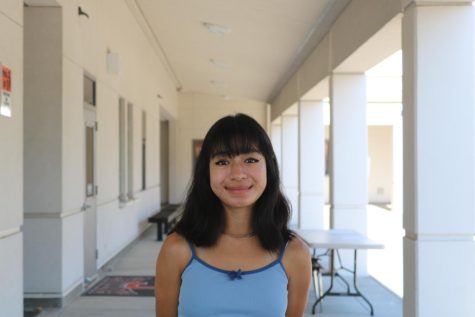
Senior Gaby Jimenez is the Opinions Editor for The Californian. She has been writing for the paper since sophomore year and has been Opinions Editor since...
